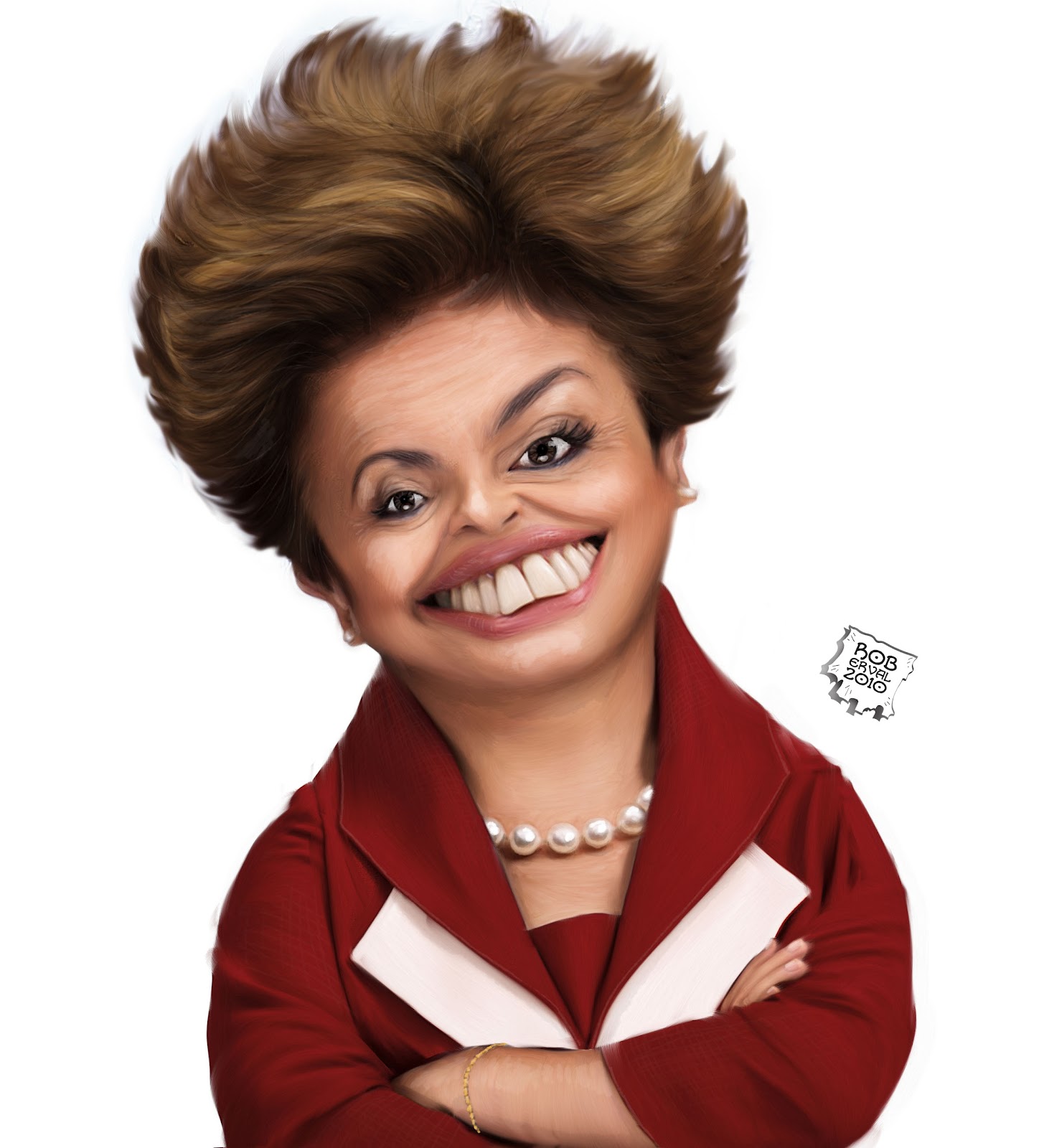Education and Health
Both the quality and quantity of factors of production are
influential in determining the level of economic growth and
development.
The quality of labour will depend on the educational and healthcare provision in the countries. Many economists believe that the low quality of labour inputs is the single most important barrier to economic growth. Virtually every other ingredient in production - capital goods, raw materials and technology - can be bought or borrowed from advanced countries. But the application of high-productivity techniques of production to local conditions almost always requires management, production workers and engineering know-how found only in an educated, literate and skilled workforce.
Improving the skills of the work force is seen as being a key factor in promoting economic growth and development. Improving education, improving literacy and training workers in the skills needed for production and enterprise will allow workers to make better use of capital, adapt to new technologies more easily and become more productive.
The following is taken from an article in Quarterly Americas (http://www.americasquarterly.org/gomez)Dilma's dilemma: spreading the benefit of windfall oil profits without undermining growth.
More than anything, Brazil’s continued economic growth depends on a well-educated workforce. While Brazil is one of the three fastest-improving countries in terms of student test scores among the 65 countries that take part in the Program for International Student Assessment (PISA) tests, educational reform is still a top priority.
Despite the advances, Brazil suffers from high illiteracy rates and—in an already tight labor market—from the lack of a technically qualified workforce to meet the demands of a modern economy. If these aren’t addressed, Brazil will not be able to field a competitive labor market in future generations or fulfill its economic potential. President Dilma Rousseff understands this: “Only when there’s progress in the quality of education can we form young people that are[...]able to lead the country to the full benefits of technology and knowledge,” she said in a February 2011 speech at the Brazilian Senate.1 But the challenges endemic to the system represent formidable hurdles.
In recent years, the government’s response has taken a different direction from the neoliberal approach to education reform—such as privatization and bureaucratic downsizing—charted by the administration of Fernando Henrique Cardoso (1994–2002). The Cardoso-era policies would have severely constrained the government’s ability to invest more in education today.
In contrast, the administration of Luiz Inácio Lula da Silva (2002–2010) used revenue from the burgeoning oil sector to address the country’s educational needs. This was partly accomplished through the creation last year of a state-owned enterprise, Pré-Sal Petroleo SA, which performs a dual role of managing oil production and administering a new social fund for education and other anti-poverty programs. On the presidential campaign trail, Rousseff called this social fund Brazil’s “passport” out of poverty and inequality.2
There was nothing radically leftist about this approach. Brazil traditionally has maintained state ownership of its petroleum resources, along with a commitment to use the revenues to enhance social welfare.
Like Lula, President Rousseff is equally committed to investing more in education policy. She has adopted and even broadened her predecessor’s strategy of extending access to education to the poor. In June 2011, as a sign of her commitment, the president launched an expansion of Bolsa Família through an initiative called Brazil Sem Miséria (Brazil Without Misery), which aims to eradicate poverty by 2014. The program increases the amount of the monthly stipends given to the poor through Bolsa Família, with the hopes of reaching 800,000 more families by the end of 2013.3 It also focuses on improving access to public services—such as health care, running water, electricity, and education—and achieving “productive inclusiveness” by giving the poor the economic means to overcome poverty through vocational training, microcredit and jobs.4 In total, this new program anticipates spending $13 billion over the next four years to help the 16.2 million Brazilians living in extreme poverty gain access to a myriad of social services. Like Bolsa Família, families will receive monthly payments upon the condition that their children attend school.
But a question remains: at a time when the government is trying to limit public sector spending, can the president achieve her educational goals while reassuring foreign investors that she will not drain resources from other sectors of the economy? Because Dilma is using monies from the oil sector to finance education, a fear persists that she will use revenue from other areas of the public budget to continue funding education and/or other social welfare programs—instead of applying this revenue to deficits. Still, at this point the president seems to be showing a clear commitment to fiscal stability while deepening state control over oil...